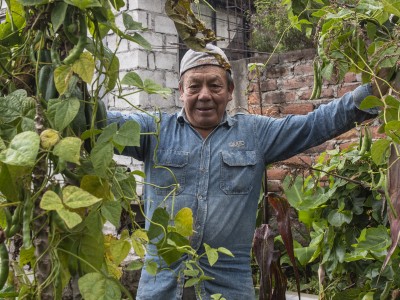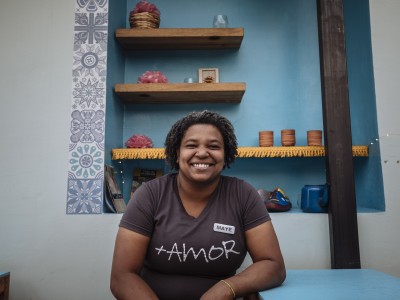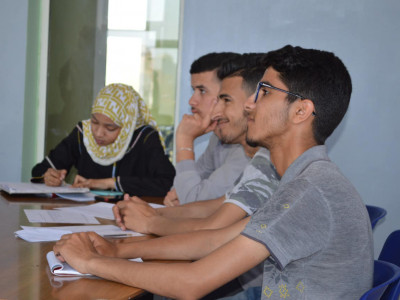Canton of Upala, Migration as a Facilitator for Inclusive Human Development
Objectifs de Développement Durable Connexes et Objectifs du Pacte Mondial sur les Migrations
Résumé
This case study describes an innovative approach to respond to the needs of people living in cross-border areas, where there is a legislative vacuum relating to the protection of cross-border migrants. The traditional laws on migration only focus on one type of migration: international migration – migrants crossing an international border to settle in another country. In many cross-border regions, however, migration dynamics are very different. Cross-border migration can be described as a fluid movement of a cross-border population that – because of work or any other reason – lives life on both sides of the border. This situation is challenging because legal vacuums can make basic services not accessible to this population, given that their migratory status is categorised as irregular or they lack adequate documentation. Thus, when they are not able to access health care, education or any other basic social service, their opportunity for inclusion is reduced, and they are made increasingly vulnerable to abuse and exploitation. For this reason, the municipality of Upala in Costa Rica has opted for a holistic model for the management of cross-border mobility that responds to the dynamics that occur along its border with Nicaragua. This case study also reveals the distinctiveness and diversity of migration contexts that can occur within a State, and highlights the need for and added value of supporting local actors in responding to migration in a way that reflects the needs and realities of the territory.
Objectif clé
Overall, the aim of the project was to contribute to local human development by improving the quality of lives of the most vulnerable, mainly women and children living in the trans-border region, through the protection of their rights and ensuring access to necessary services as well as support to start up income-generating activities for economic independence. This was achieved through the consolidation of the "Mechanism of Action to Guide, Assist".
Principales activités
The main activities were aimed at integrating migrants into the local context providing them access to basic health services and legal status while keeping a gender sensitive approach.
The main activities included:
- 36 Binational Health and Culture Fairs were organised by the Health Area, the Municipality of Upala, Costa Rica and the Department of Río San Juan, Nicaragua. These fairs were the first activities conducted to integrate migrants into the local context by providing them access to health services. These services were provided to respond to the needs of an undocumented, migrant population that did not have access to basic health services, education or opportunities for individual and collective human development. On average, around 800 to 1,000 persons received services at each fair.
- The creation of two new migration categories: the “Cross-border Worker” and “Cross-border Inhabitant”. The “Cross-border Worker” (included in the Migration Law) is a status that provides access to formal, decent employment and access to health insurance and a pension. The status of a “Cross-border Inhabitant” makes it possible for cross-border inhabitants to remain in the territory and access education (established via a Regulation). The “Implementing Regulation” is currently under revision for the institutionalisation these statuses’. Once in place, successful applicants will receive a formal status and identity card which ensure their regularised identity as a cross-border worker or inhabitant and provide them with equal access to the various social and employment services that they need to fully integrate into society.
- Raising awareness on issues of gender and violence against women; providing support and strengthening a network of women community promoters responsible for guiding and assisting affected women in order to prevent femicide and violence while providing a safe space for affected women to go to, where they can receive the support they need to move forward.
Principaux succès ou facteurs innovants, bonnes pratiques et enseignements tirés (si disponibles)
The lessons learned from this case-study are multiple including:
- A multi-stakeholder and multi-institutional approach enhances the comprehensive nature of the Cross-border Mobility Management Model.
- Proposals that derive from the local level better reflect the specific needs of migrants and cross-border inhabitants.
- Including a local NGO in the process of model design ensures the sustainability of the process.
- The construction of an information system is useful for the generation of regional-level public policies.
- Essential that the approach takes all interested parties into account.
- Participation of local and national authorities is crucial for implementation.
- Protection, assistance and support for women in violent situation are essential components to help them improve their lives.
Bénéficiaires
The main beneficiaries include women and young migrant workers, who are among the most vulnerable when crossing borders. With a strong emphasis on institutional capacity building, the Municipality of Upala will reinforce its competences to address the regional M&D issues.


